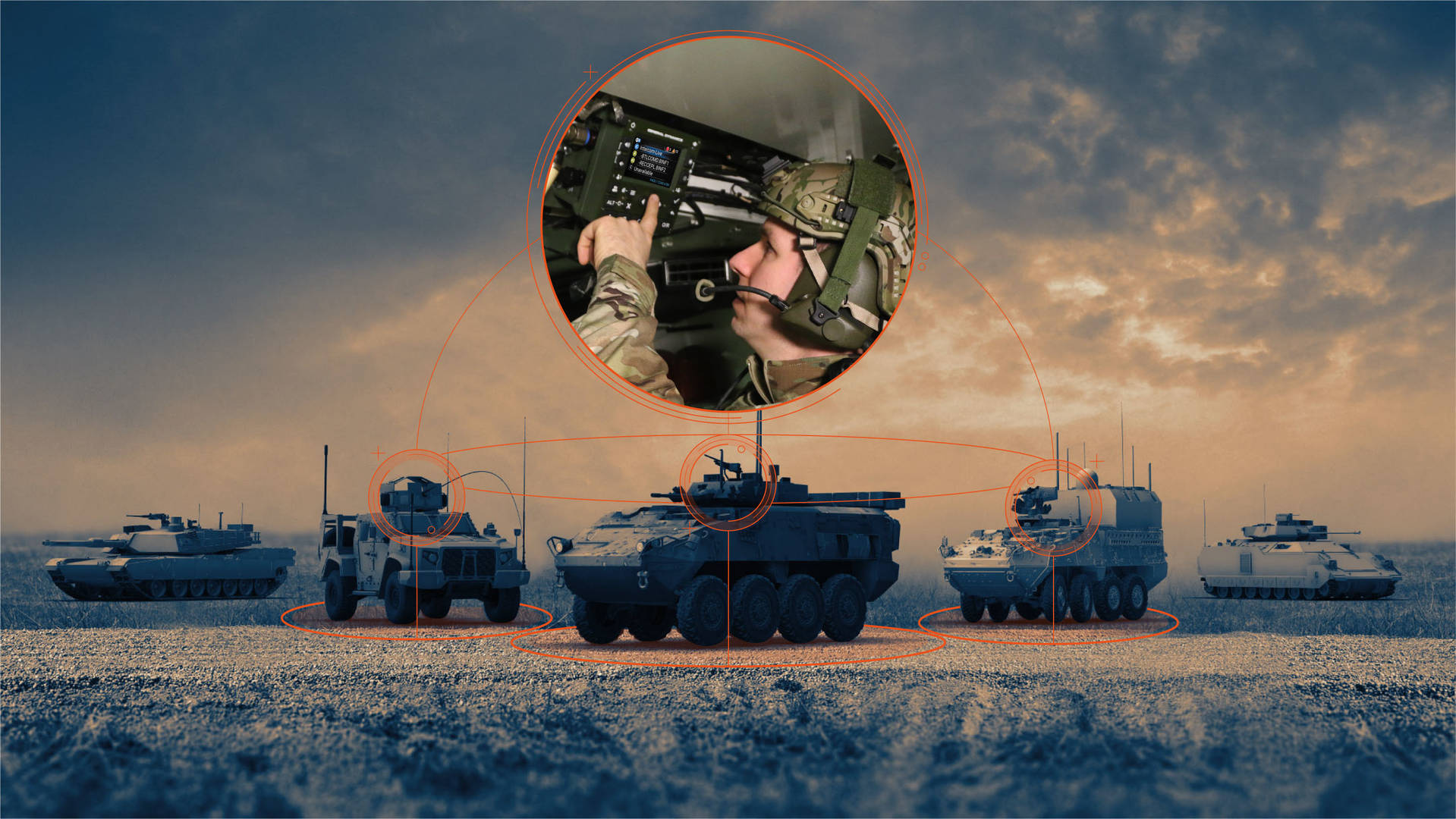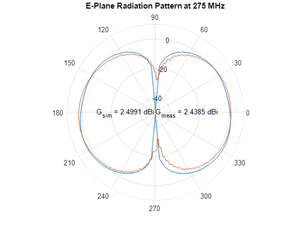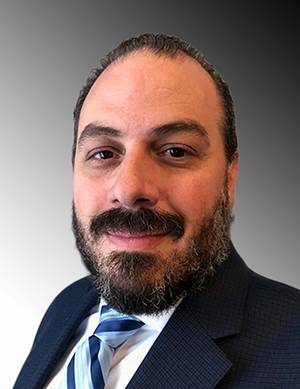
Adapting to the changing landscape of technology means being open to experimentation and innovation. For General Dynamics Mission Systems engineers, this offers an opportunity to discover new ways of providing smart solutions to benefit the mission-critical needs of our customers. To honor our commitment to a culture of innovation, we present the next pioneer of our Pioneers of Progress series.
Dr. Frederic Goora is a principal investigator who works with an Ottawa-based General Dynamics Mission Systems-Canada team focused on improving the modeling and simulation of antennas, which could significantly change how we improve electromagnetic performance on military vehicles, particularly when equipped with multiple radios.
Tell us about your role at General Dynamics Mission Systems.
I am a senior systems engineer with the General Dynamics Mission Systems-Canada Engineering Support Services Electromagnetic Environmental Effects team. I am involved with several Industry Research and Development (IRAD) projects involving electromagnetics. I also support the Data Link and Wideband Global SATCOM system teams on the Aurora Block IV project, focused on modernizing the mission systems for the CP-104 Aurora maritime patrol aircraft into one of the most advanced platforms in the world.
What sparked your interest in pursuing an innovative solution to a customer problem?
Our customer was employing trial-and-error approaches to antenna positioning on platforms. This type of approach is time consuming and can lead to sub-optimal performance. I was confident we could provide a service to the customer that could improve their system performance as a result of optimal antenna placement on platforms.
Tell us about your team's innovation and the benefits you've seen since implementing your solution.
Our goal was to accurately model and simulate the electromagnetic performance of antennas the customer employs. The antenna was modelled and simulated using a commercially available electromagnetic simulation software application.
This antenna also was characterized through measurements carried out at General Dynamics Mission Systems-Canada in Calgary to ensure simulation results aligned with real measurements. We have validated our models through excellent agreement between our simulation results and measured data.
Having an accurate antenna model permitted the development of a method to determine the optimal position of an antenna on a military platform using an artificial intelligence (AI)-based approach.

What has been the best part about working on this project?
The best part was developing a product/service that has a positive impact for our customer. This will be of significant benefit to the customer due to the increasing importance of radio links operating in several bands on each platform.
The number of antennas on a given platform is expected to increase as radio links become more sophisticated and reliability in adverse situations is required.
What has been the most significant takeaway for you?
It is important to think outside of the box and develop novel solutions to challenging problems that benefit our customer. We have been able to successfully leverage our work to develop a service that has resulted in contracts to complete this work for our customer. Innovation helps drive future business and provides diversity in our capabilities.





